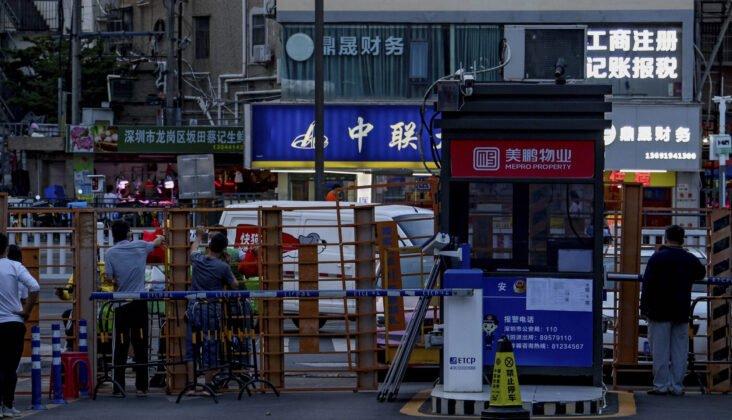Africa-Press – Angola. The Covid-19 pandemic has affected every country and its citizens, though it has not impacted them equally, particularly those in the African continent.
Makhtar Sop Diop, a Senegalese economist, and politician who has been serving as the Managing Director of the International Finance Corporation since 2021 wrote that Africa’s future never looked brighter and more prosperous during his term as the World Bank’s vice president for Africa from 2012 through 2018. Unfortunately, Covid-19 seems to erase decades of economic and social progress in Africa overnight.
“Building infrastructure, lifting up small businesses, nurturing people – these are the investments that pay off for generations to come”, he wrote in his Brookings Institution’s article.
Speaking of infrastructure, business, and investment, Special Economic Zones (SEZs) are considered one approach to achieving developmental goals, especially in developing countries.
In fact, there are around 5,400 SEZs, more than 1,000 of which were established in the last five years. According to UNCTAD 2019: “Special Economic Zones are widely used across most developing and many developed economies. SEZs go by many different names (including free zones, export processing zones, and industrial parks), and come in many varieties.”
They are defined as geographically delimited areas within which governments facilitate industrial activity through fiscal and regulatory incentives and infrastructure support with the aim to boost investment, export, and job growth. Notable SEZ projects in Africa include Mauritius and some partial initial successful projects in Kenya, Madagascar, and Lesotho. However, most of the SEZ projects in Africa fail to attract significant investment, create job opportunities, and promote export, not to mention facilitate industrial structural transformation.
Is there a recipe for creating successful SEZs in developing countries to facilitate development and innovation? Existing work on African SEZs concludes that the failure of SEZ projects is due to insufficient strategic planning, poor choice of location, insufficient investment in infrastructure, and lack of political stability.
Asian countries with successful SEZ experiences such as China have been providing African nations with technical expertise and financial support for SEZ development in Africa. For instance, China’s overseas “Economic and Trade Co-operation Zones” are being developed in Ethiopia, Mauritius, Nigeria, and Zambia. Some private Chinese developers are active in countries like Tanzania, Nigeria, and Sierra Leone.
My six-year longitudinal research on how China’s first SEZ, Shenzhen, has evolved into a global technological innovation hub has shown the significant role of “Shenzhen local government officials” in the city’s success as an SEZ and a global tech centre.
Shenzhen was officially designated as China’s first SEZ in the August of 1980. Shandong (汕头), Zhuhai (珠海) in Guangdong, and Xiamen (厦门) in Fujian province were named the first batch of SEZs in China since the Open and Reform Policy in the late 70s. Conventional wisdom largely contributes to Shenzhen’s developmental success to its locational proximity to Hong Kong. However, if that is the case, why doesn’t Hong Kong develop into a global tech hub?
I argue that local government officials acted as “bureaucratic entrepreneurs” at the beginning stage of the Shenzhen SEZ which was a key contributor to the “Shenzhen Miracle.”
For instance, the first high-tech fair was held in Shenzhen in 1999 instead of in Beijing thanks to the Shenzhen local government’s constant lobbying of the Beijing central government.
The local government utilised the international event to publicise this SEZ’s plan and ambition to develop in the “electronics-focused and innovation-oriented” direction.
Shenzhen’s bureaucratic entrepreneurs served as matchmakers to provide small business owners and private enterprises with platforms and access to reach out to international investors.
A remarkable example that benefited from the first high-tech fair was Tencent, China’s Internet giant headquartered in Shenzhen. In an in-person interview with Tencent’s Founder, Ma Huateng, and the company’s key management on 2 August 2019, Mr Ma shared with me and my research team that the “high-tech fair in 1999 helped make Shenzhen known to the outside world as a city developing in the technology direction. Tencent searched for funding opportunities at the first high-tech fair and attracted the interest of IDG Ventures China and PCCW.”
Shenzhen’s developmental success as China’s first SEZ demonstrates one SEZ success ingredient: Shenzhen local government officials were seen as that city’s entrepreneurial pioneers.
For More News And Analysis About Angola Follow Africa-Press






